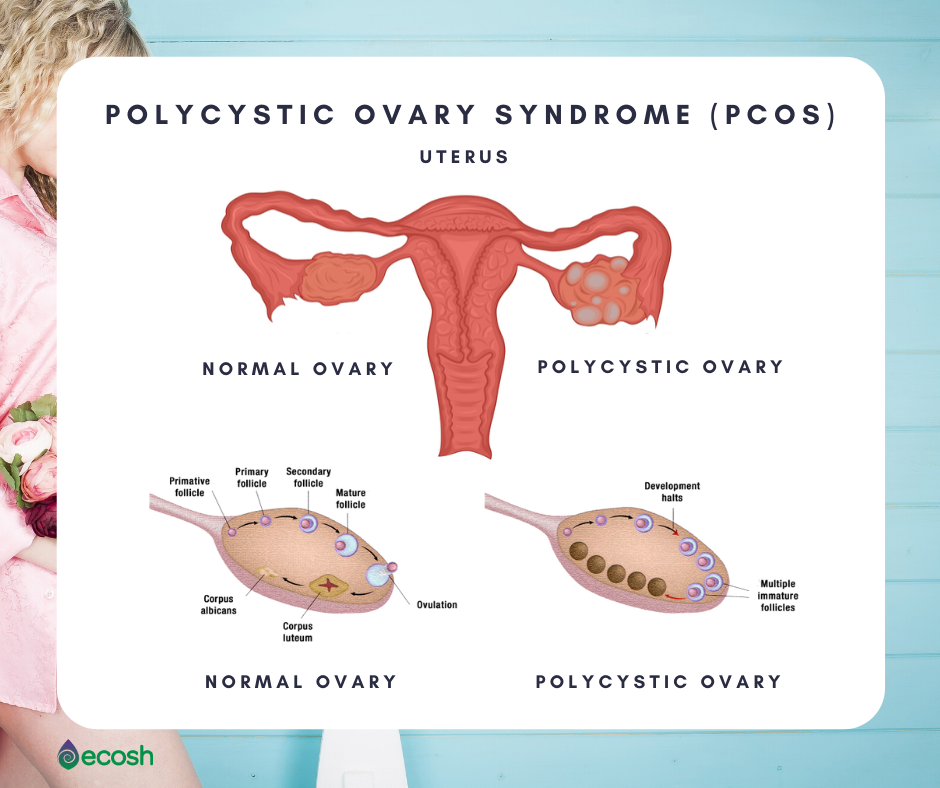There are many natural and medical infertility treatment methods for women, but sometimes even minor lifestyle changes can help.
However, in some cases the changes in your lifestyle make a little difference and the causes of the infertility can be more serious and hard to detect.
So to determine whether you are infertile, and what is the best treatment, you first need to see your doctor who will go over your health history, medications, sexual history, and sex habits.
For a woman, testing begins with a medical history and physical exam, including a pelvic exam. The doctor then makes sure that she ovulates regularly and that her ovaries are releasing the eggs.
Blood tests are taken to measure hormone levels. The doctor may also examine your uterus, ovaries and fallopian tubes by ultrasound or a specific X-ray test.
But, there is no need to worry too early, because infertility is a complication defined as not being able to get pregnant (with frequent intercourse) for at least a year.

In about 5%-15% of couples, the cause of infertility is not known. However, in about 80% of couples, the reasons of infertility may be either a sperm trouble, blockage of the fallopian tubes or an ovulation complication.
When couple being unable to conceive a child can cause significant stress and unhappiness. However, it is a very common and growing concern in today’s society.
For those hoping to conceive, the window is wider than you think. The fertile part of female cycle extends beyond ovulation.
In this article we write shortly about the causes of female infertility and about the natural infertility treatment for women.
Read more about the 14 common causes of female infertility in our previous article: “Infertility – Risk Factors and Causes of Male and Female Infertility.
Common Causes of Female Infertility
There are many different causes of infertility. Shortly, the most common reasons for women are:
- Complications of surgery
- Cervical mucus problems
- Structural issues (Fibroids, Polyps or Myomas)
- Endometriosis
- Pelvic inflammatory disease (PID)
- Different ovulation problems (Polycystic Ovarian Syndrome (PCOS), Disorders of The Thyroid Gland, Primary ovarian insufficiency (POI), Diminished Ovarian Reserve, Premature Menopause or Changes in Egg Quality or Quantity, Gland Disorders)
- Effect of medicines and birth control pills
- Athletic overtraining
- Stress
- Environment
- Poor diet that is lacking in nutrients
- Hormonal issues
- Sickle cell disease
- Kidney disease
- Celiac disease
- Diabetes
- Very little body fat or too much body fat
Infertility Treatment for Women – How to Treat Female Infertility Naturally
Infertility Treatment for Women – Lifestyle changes
These are important guidelines from now until after you are three months pregnant. Just do the best you can with these suggestions and it`s okay to not be “perfect”.
1. Avoid coffee and sodas
Coffee and sodas inhibit fertility—often markedly. Instead, drink tea.
2. Lose or gain weight if needed
It is known, that excess weight can negatively affect female fertility. However also too low body mass can cause infertility.
3. Avoid supplements with melatonin
In addition to insomnia treatment, melatonin can also affect reproductive hormones.
4. Avoid high protein diets
A high protein, or so called Atkins’ diet in which carbohydrates are strictly avoided is not the best option if you want to get pregnant. The protein in a regular diet is okay — even if you eat a lot of high protein foods.
5. No alcohol and smoking
Avoid alcohol in generally, but especially if your Prolactin levels are higher than 10. Prolactin is a hormone which causes the breasts to grow and make milk during pregnancy and after birth.
So, it`s totally normal for new mothers and pregnant women to have high prolactin levels. Smoking contributes to infertility in many ways, so if you smoke – stop until after your baby is born.
6. Practice safe – protected sex
Sexually transmitted diseases such as chlamydia and gonorrhea reduce fertility especially in women, so safe sex is also part of good fertility practices.
7. Avoid vaginal lubricants
Lubricants such as Replens, Astroglide and FemGlide can harm sperm. Pre-seed brand is OK.
8. Pick the right time to have intercourse
It works best to have intercourse on the day you ovulate and up to four days before.
It is OK to have intercourse multiple times during this period. For purposes of getting pregnant, intercourse even one day after ovulation is unlikely to result in pregnancy.
9. Reduce stress
Mental health is essential to our quality of life. Excessive stress and poor and intermittent sleep cause hormonal chaos in the body, which also reduces the chances of having a baby.
10. Pick high-fat dairy foods
Enjoy milk products but use regular ones that have the normal amount of milk fat (e.g., whole milk) instead of low fat or fat free milk products.
In a Harvard study, high intake of low-fat dairy foods was associated with an increased risk of infertility, while an increased intake of high-fat dairy foods was associated with a lower risk of infertility.
Women consuming at least two servings of low-fat dairy foods per day showed an 85% increased risk of infertility. However, women who eat at least one serving of high-fat dairy foods in one day demonstrated a 27% decreased risk of infertility.
Infertility Treatment for Women – Other Methods
- Fertility drugs and hormones may aid the woman recover levels of hormones or ovulate.
- Surgery to remove tissue that is blocking fertility (such as endometriosis) or to open blocked fallopian tubes.
Infertility Treatment for Women and Men – ART Treatment
ART – assisted reproductive technology is one way to treat infertility. There are several types of ART:
- IUI (intrauterine insemination): Sperm is placed straight inside the woman’s uterus.
- IVF (in vitro fertilization): Both, the egg and sperm are united with each other in a laboratory. The fertilized egg grows for 3 to 5 days days. Then the embryo is placed in the woman’s uterus.
- GIFT (gamete intrafallopian transfer) and ZIFT (zygote intrafallopian transfer): With GIFT, the both sperm and eggs are placed into the fallopian tube. With ZIFT, the eggs and sperm are united together in a laboratory and then a fertilized egg is placed into the tube at 24 hours.
Summary
Many factors in our lives are essentially pure coincidence, meaning, we may not be able to influence their occurrence with any formula. If fertilization at the first stroke seems unsuccessful, don’t despair.
In half of the cases, pregnancy occurs within the first six months. 80% of couples succeed within one year and 90% within two years.
If you continue to have difficulty with this time, it is advisable to consult with doctor for examination.
At the same time, we should lead a healthy lifestyle in general, because, as we can infer from the previous text, much is in our own hands.
Compiled by: Maria-Helena Loik
Sources: My.Clevelandclinic.org, Psychologytoday.com, Webmd.com
Pictures: Pexels.com, Pixabay.com, Shutterstock.com









